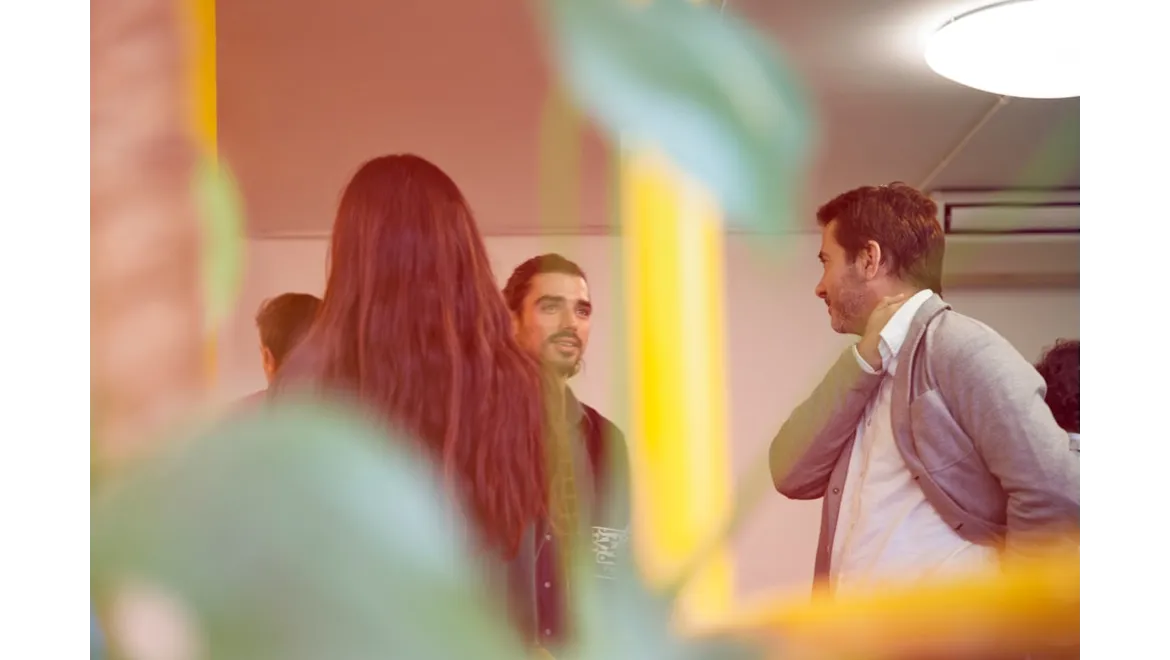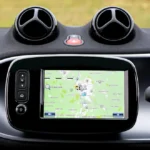Right, so I was chatting with Grace the other day – she’s a whiz when it comes to LinkedIn, knows all the tricks. We were bouncing around ideas about how to really nail local business development using the platform, specifically this whole geo-targeting thing. It’s more than just slapping a location tag on a post, it’s about genuine connection, innit?
“So Grace,” I started, nursing my cuppa, “how do we move beyond just being local on LinkedIn to actually leveraging that locality?”
She didn’t hesitate. “It’s all about understanding your target and speaking their language, literally and figuratively. Think about it: what are the pain points of businesses in our region? What keeps them up at night? Your content needs to address those head on.”
First things first: Know your Turf.
Grace was insistent on starting with research. “Before you even think about posting, dive deep into understanding the local landscape. What industries thrive here? What are the trending topics in the local business community? What are the key challenges facing businesses in our area?” This isn’t just armchair research, mind you. Grace suggested actively engaging with local businesses on LinkedIn. Follow them, comment thoughtfully on their posts, and even reach out for informational interviews (being upfront about your intentions, of course). This legwork provides invaluable insights that will inform your content strategy.
Content is King (and Queen) of the Local Scene.
Once you have a good grasp of the local business climate, you can start creating content that resonates. Grace suggested a bunch of different approaches:
- Highlight Local Success Stories: “Interview a successful local business owner and share their story. Everyone loves a good underdog tale!” Grace exclaimed. Showcase their challenges and triumphs, and how they overcame obstacles. This builds credibility and demonstrates your understanding of the local context.
- Address Local Pain Points: “Identify common challenges faced by businesses in the area and offer practical solutions. Think specific problems, not just generic advice.”
- Promote Local Events: “Share information about upcoming local events and conferences. Offer your expertise to speak at these events or volunteer your time to support them.”
- Create Geo-Targeted Video Content: Grace practically glowed when we started talking about video. “Video is HUGE!” she said. “Think short, snappy videos showcasing local landmarks, featuring local businesses (a quick interview, maybe?), or even just a behind-the-scenes look at your own office in the area. But remember quality! Nobody wants a blurry video with terrible audio.”
The key, according to Grace, is to be authentic and relatable. Don’t try to be something you’re not. People can spot a fake a mile off. And of course, always use high-quality visuals and audio. A poorly produced video will do more harm than good.
Engage, Engage, Engage!
Creating great content is only half the battle. You also need to actively engage with your local community on LinkedIn. Grace was adamant about the importance of participation. “Join local LinkedIn groups and actively participate in discussions. Share your insights and expertise, and offer helpful advice. Don’t just spam the group with promotional content!”
We even discussed LinkedIn events. Grace suggested, “Organise a virtual ‘lunch and learn’ session on a topic relevant to local businesses. It’s a great way to build relationships and generate leads.” Be sure to promote the event well in advance and make it interactive and engaging.
Paid Advertising: Targeting Precision
Don’t ignore LinkedIn’s powerful advertising tools. “LinkedIn allows you to target your ads with laser-like precision,” Grace explained. “You can target based on location, industry, job title, and more. Use this to your advantage to reach the right people with the right message.” A/B test different ad creatives and targeting options to optimize your campaigns for maximum ROI.
Analytics and Adjustment:
Finally, Grace stressed the importance of tracking your results and making adjustments as needed. “Use LinkedIn’s analytics dashboard to monitor your engagement metrics. What content is resonating with your audience? What strategies are working best?” Use this data to refine your approach and optimize your campaigns for better results.
So, let’s quickly recap what Grace taught me. First, really get to know your local audience. Second, create content that speaks directly to their needs and interests, especially videos! Third, actively engage in local LinkedIn groups and events. Fourth, consider using paid advertising to reach a wider audience. And fifth, track your results and make adjustments as needed.
It’s not rocket science, is it? But it is about being intentional, authentic, and consistently putting in the effort to build real relationships within your local business community. If you nail that, the leads will follow.











